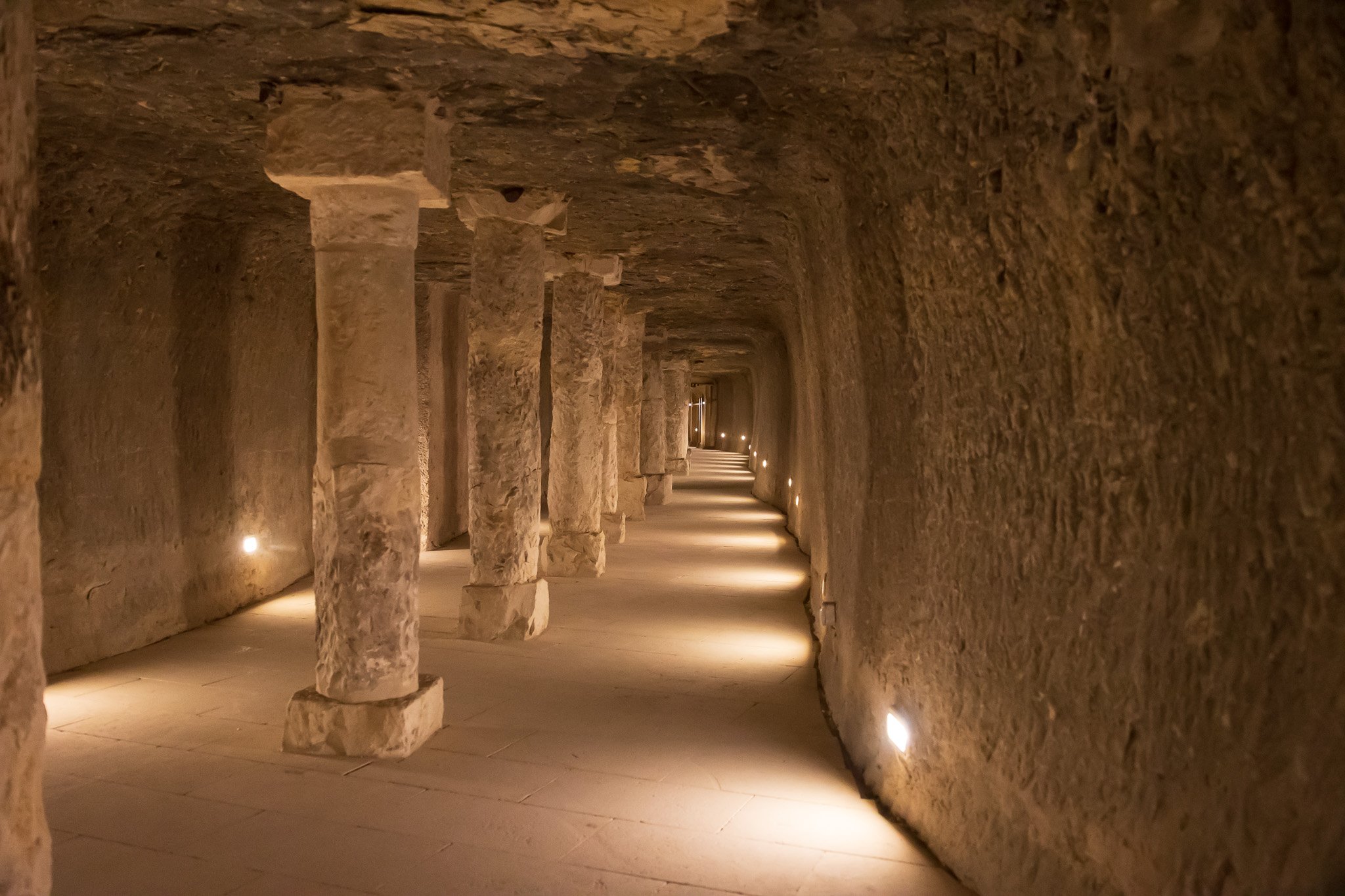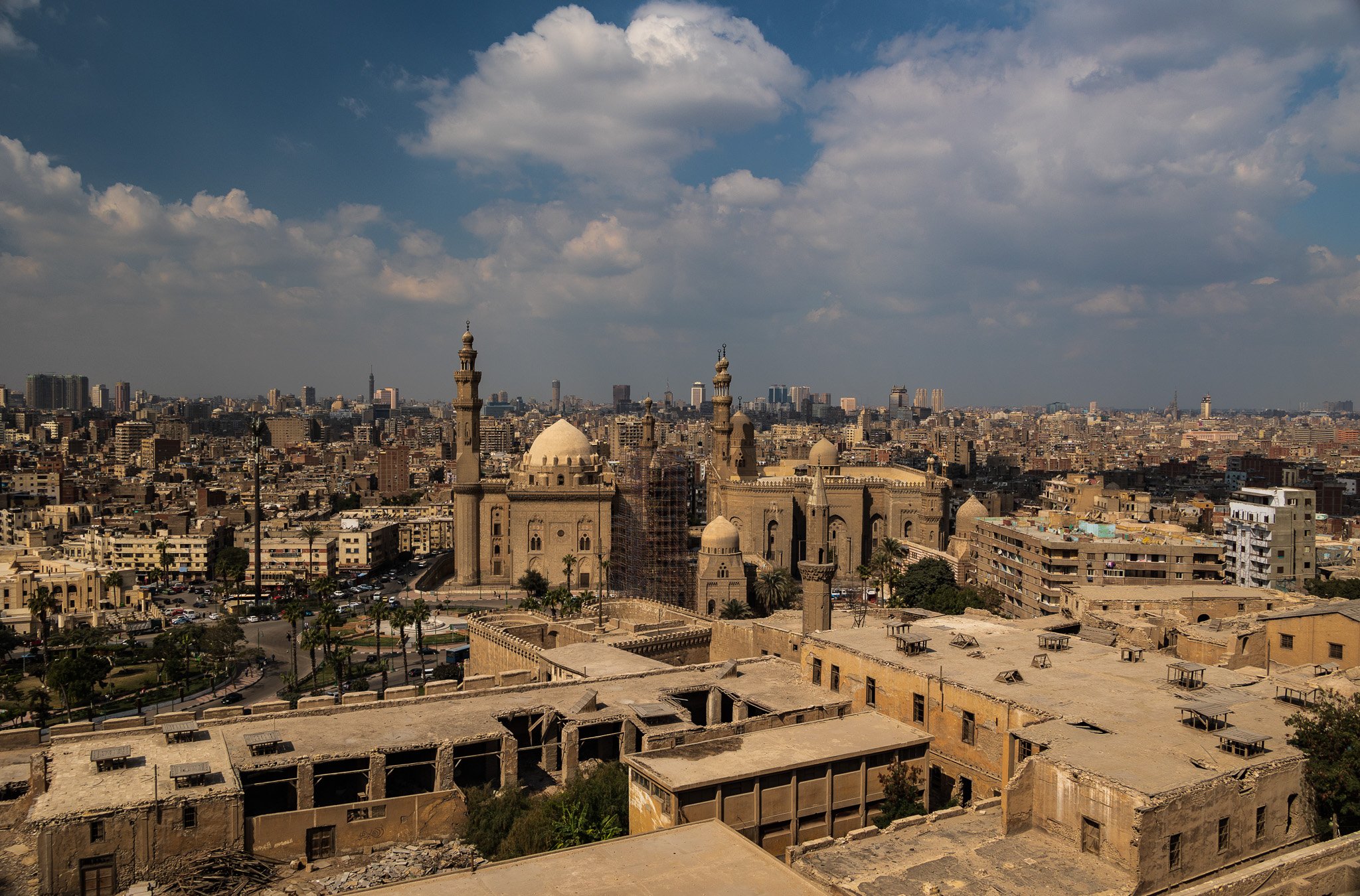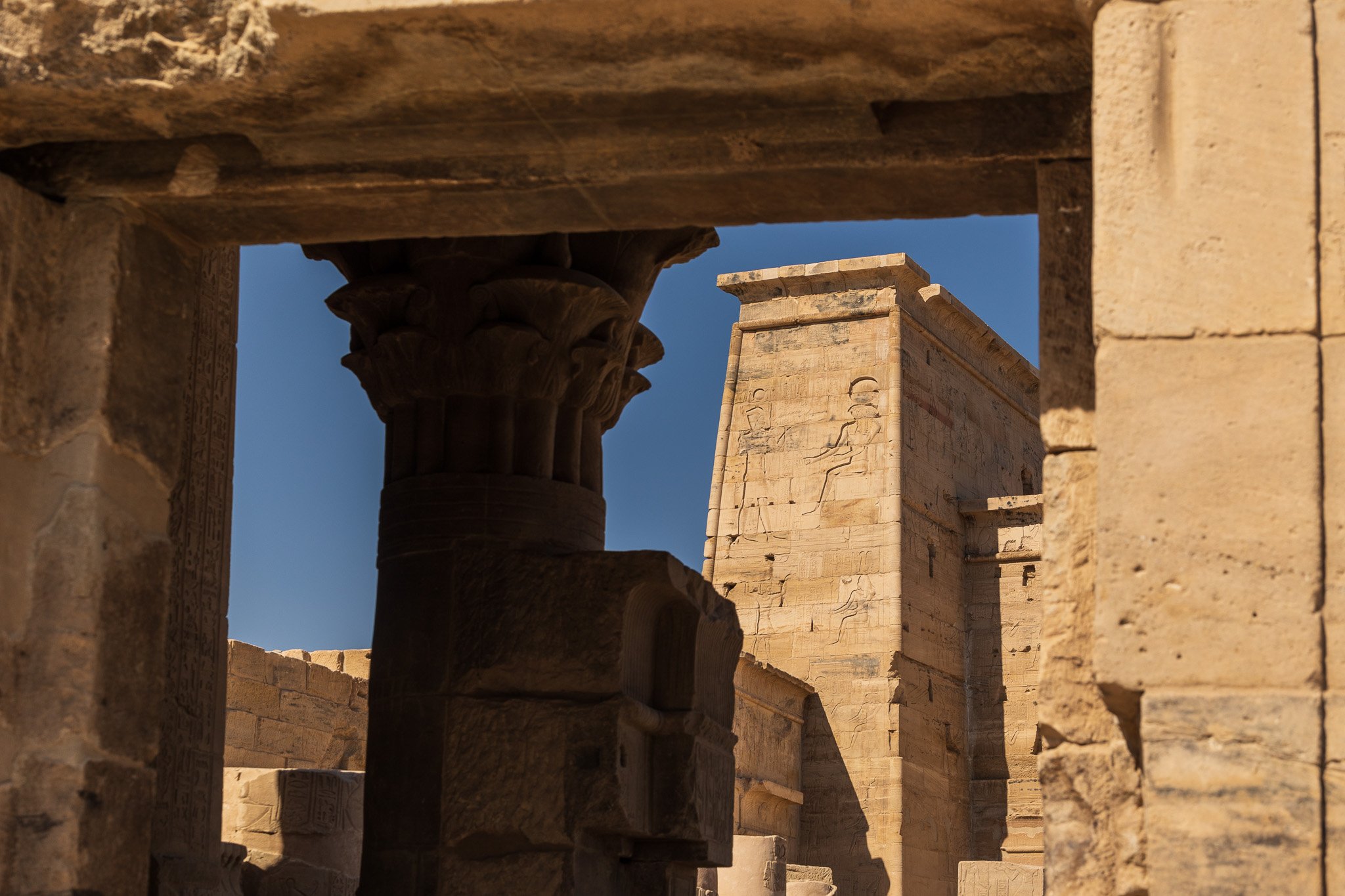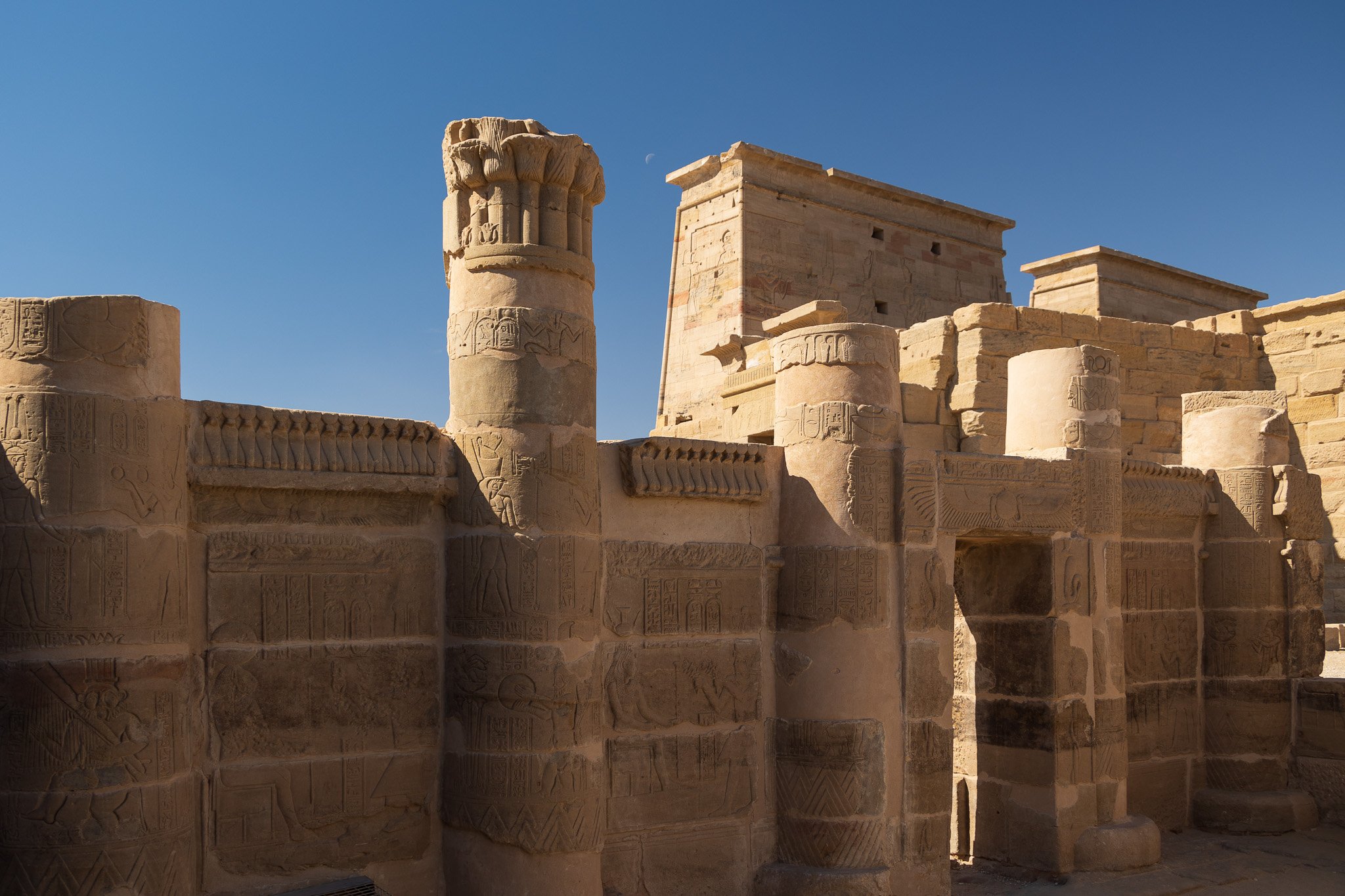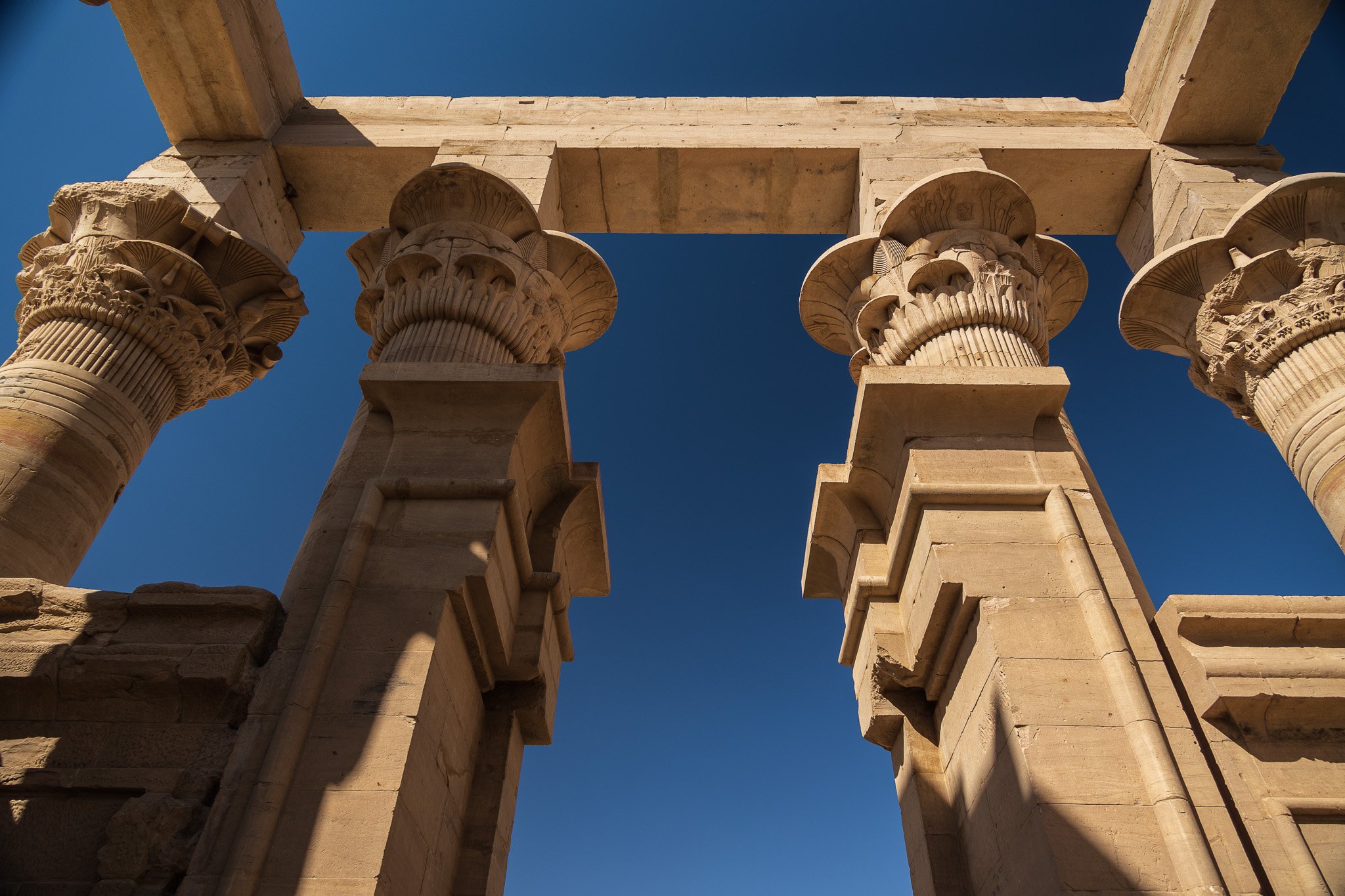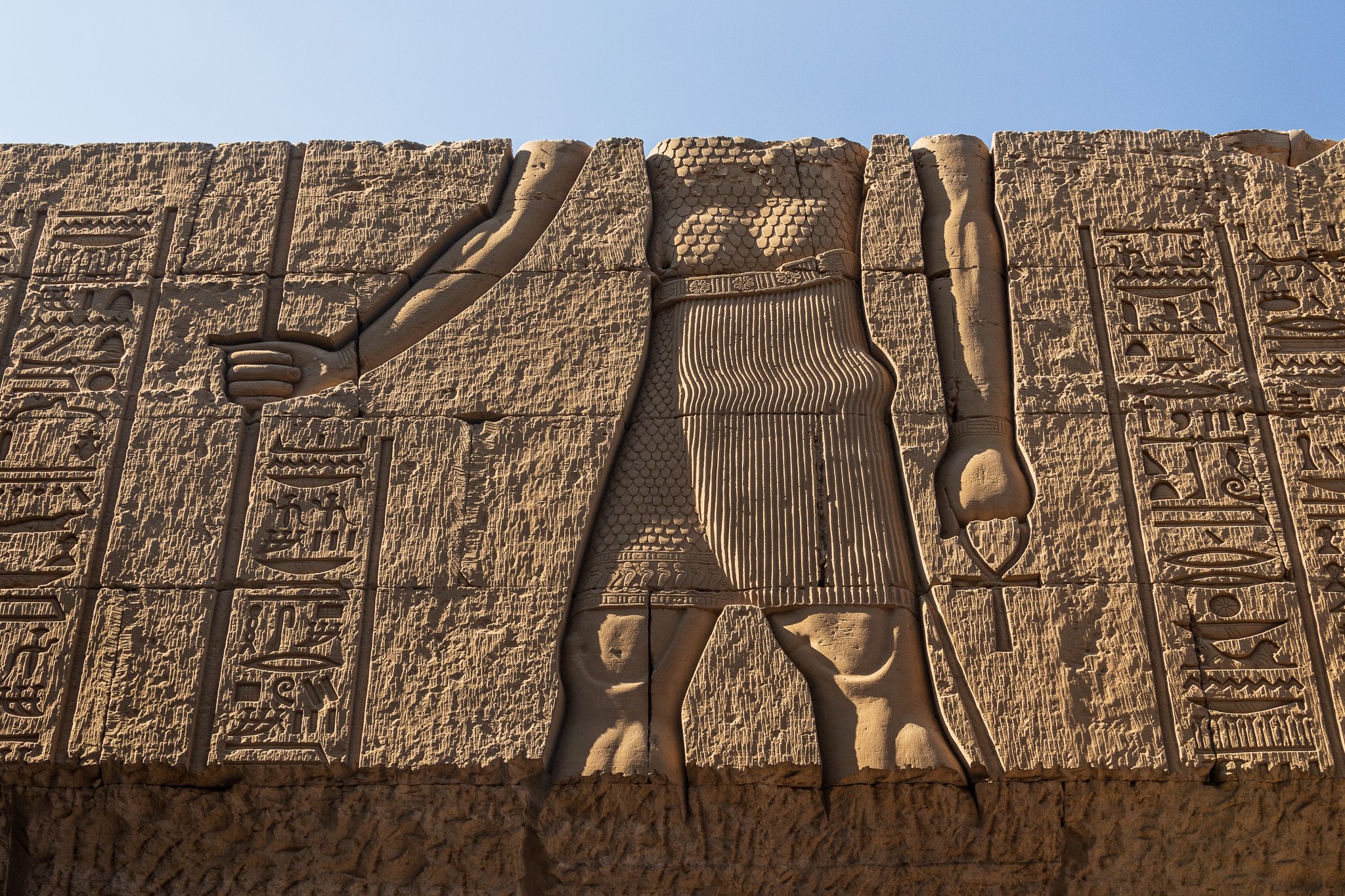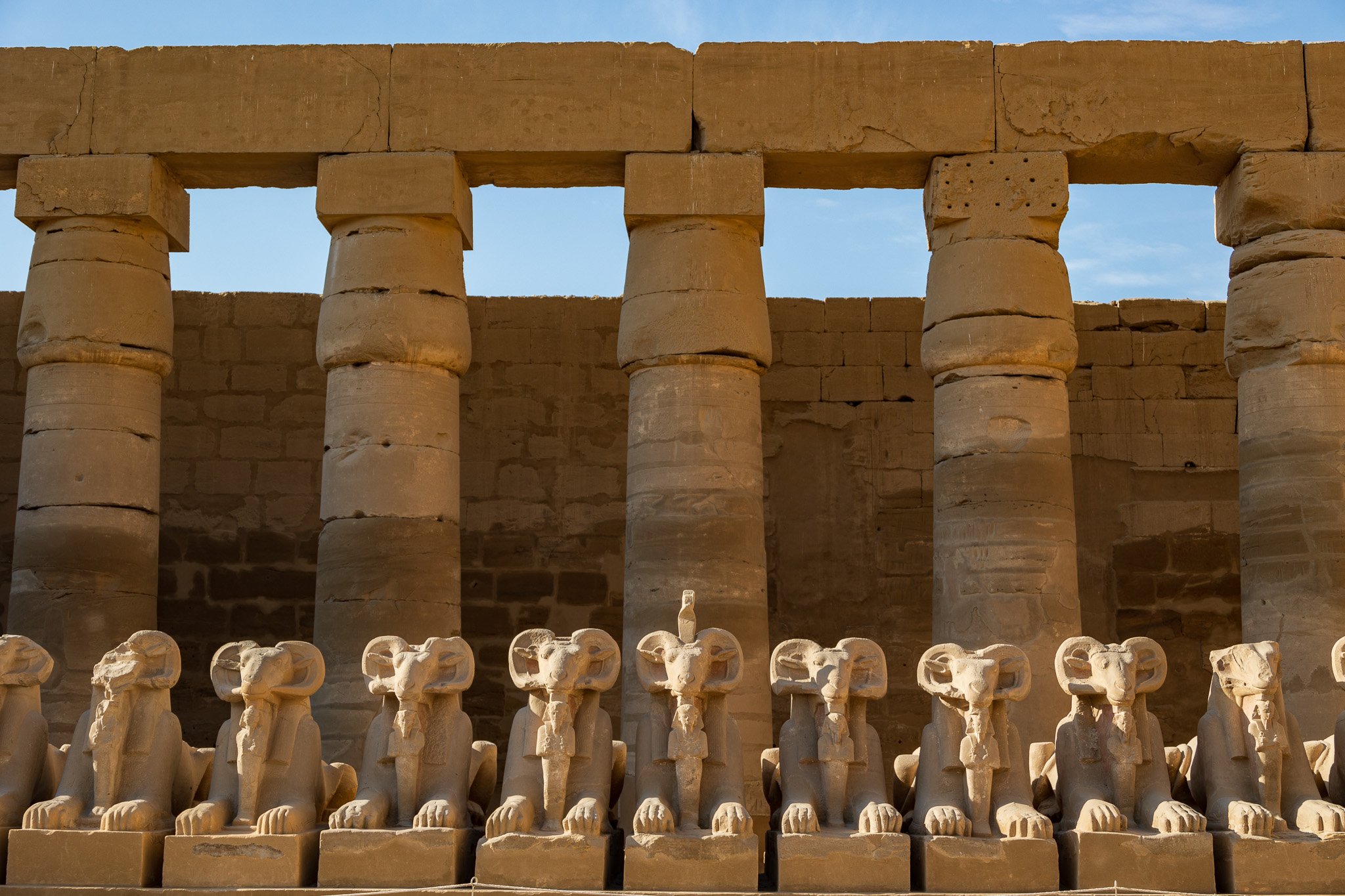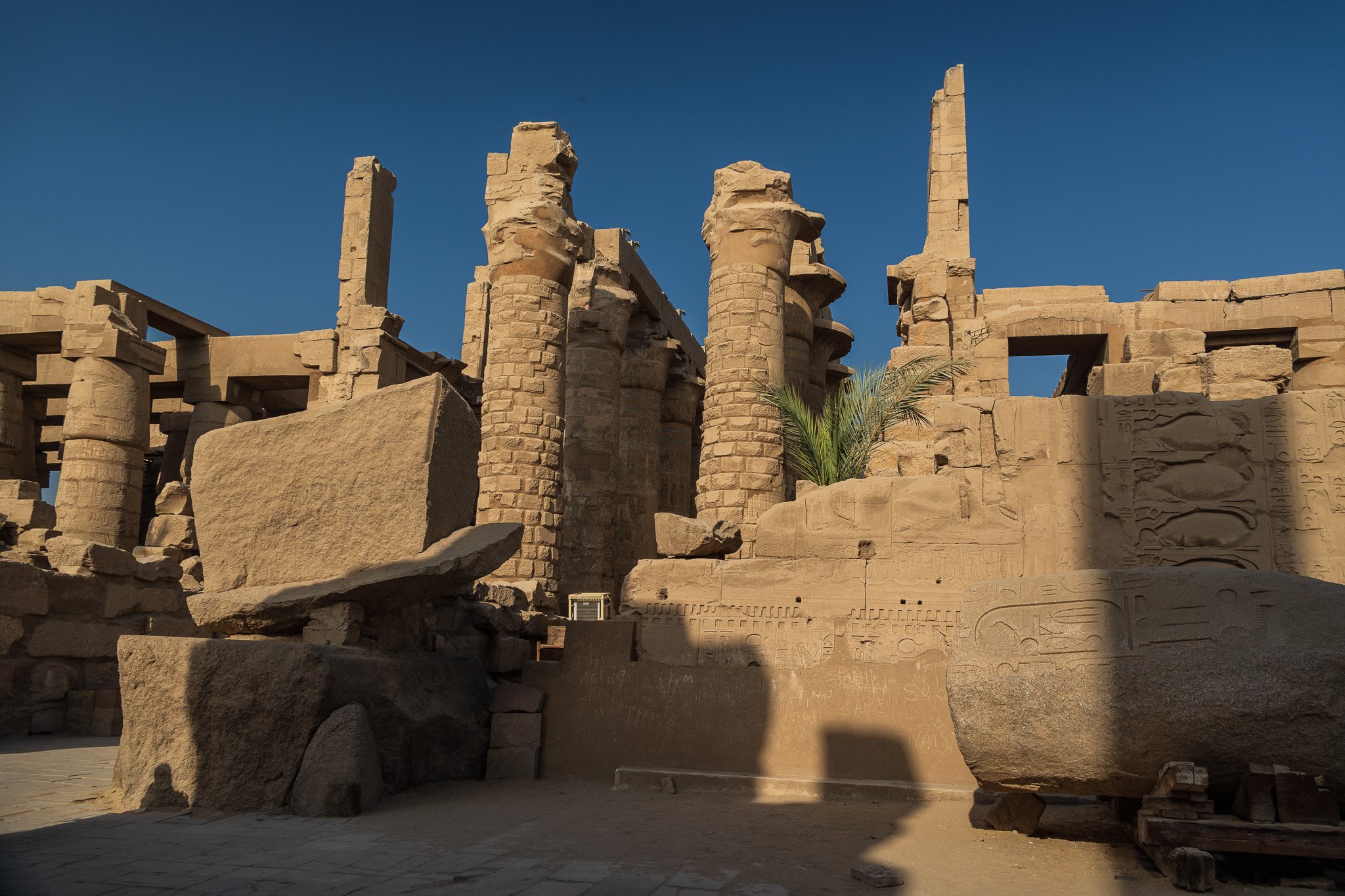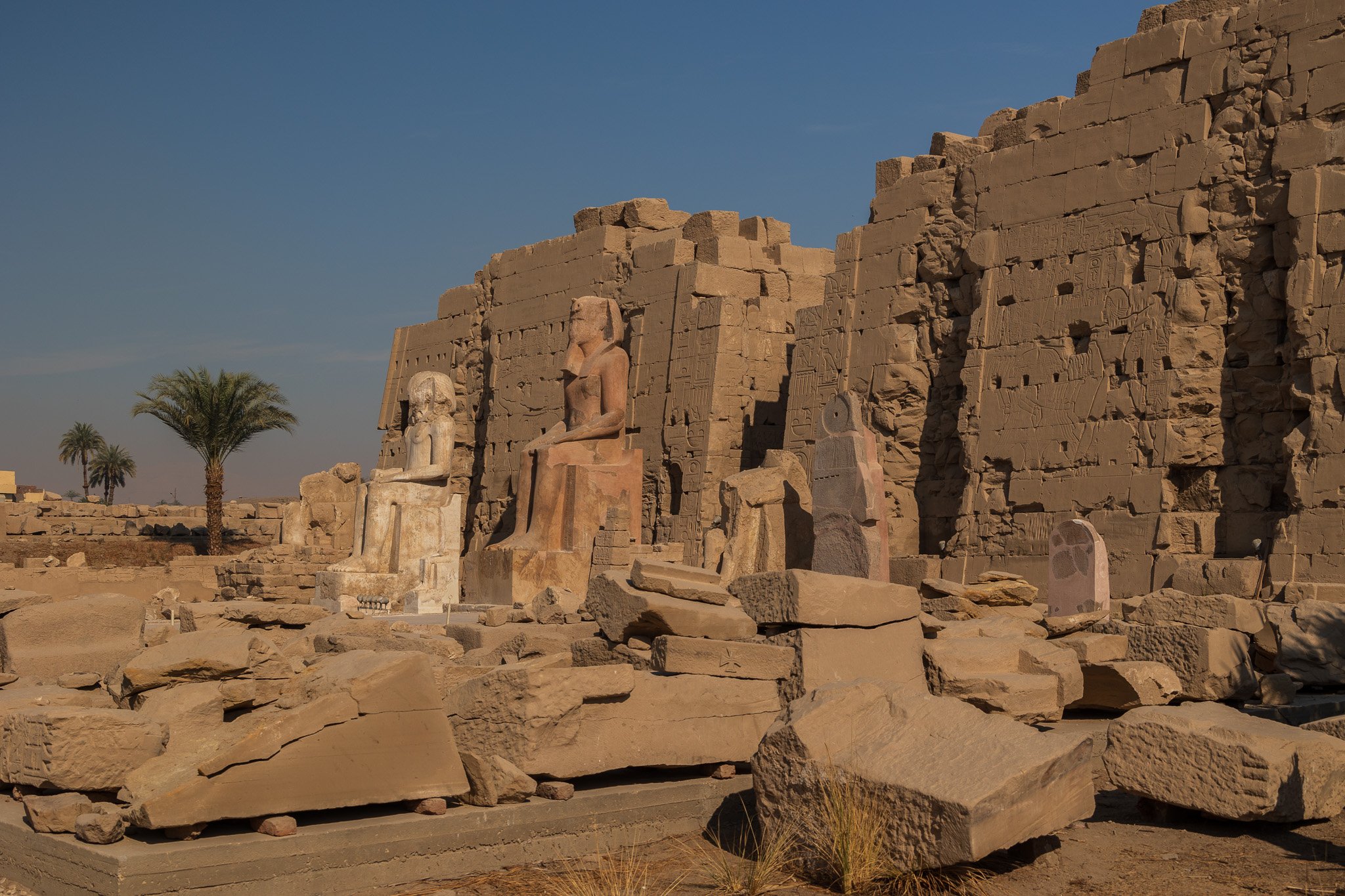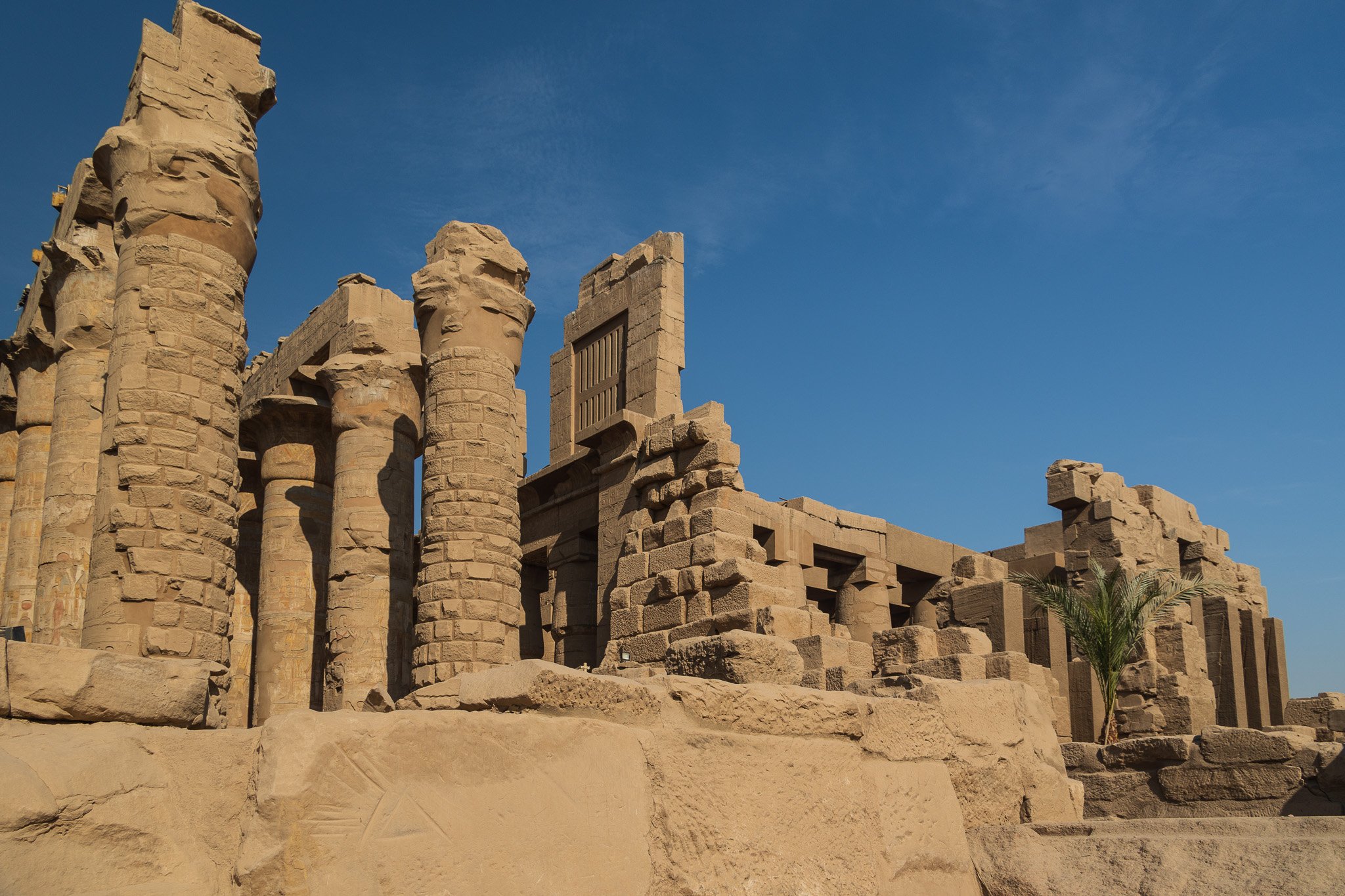Karl anchored in Port Said, Egypt, by March 14, 1901, having earned his passage aboard the SS Warrington Hall through the Suez Canal. This waterway, connecting the Mediterranean Sea to the Arabian Sea and the Indian Ocean through the Red Sea, shaved off a staggering 7,000 km from the journey, translating to about 15 days of travel. At this point, Karl had covered 11,100 miles by land and an impressive 25,150 miles by sea, gearing up for explorations through Egypt.
In Cairo, Karl explored the bustling metropolis of a quarter-million people. Fast forward to today, and Cairo thrives with 10 million inhabitants and 22 million in the greater metropolitan area. Parallel to Karl, I opted for modern conveniences, trading trams and donkeys for taxis as I ventured to the Citadel of Saladin, an enduring medieval fortification with towering walls, massive towers, and panoramic city views. And from that birdseye view at the top of the Citadel, I couldn’t count all the mosques, but I certainly heard them, relishing the sound of the call to prayer.
Karl visited the Egyptian Museum 122 years ago, anticipating the inauguration of the Egyptian Museum in Cairo. Ironically, I explored the Egyptian Museum in Cairo, ruminating on the delayed opening of the “Grand Egyptian Museum”. As preparations persist, a focus on artifact repatriation, including the Rosetta Stone, Dendera Zodiac, and Nefertiti's bust, remains at the forefront.
Notwithstanding the artifacts no longer in Egypt, the new museum will showcase the treasures from King Tutankhamun's tomb. Instead of access to the museum, I veered off course to explore the actual Tomb of Tutankhamun in the Valley of the Kings. Nestled on the west bank of the Nile, near the former city of Thebes, now Luxor, this expansive dry valley with its dense limestone caves and tunnels served as the final resting place for Ancient Egyptian pharaohs and nobility. I embarked on a journey to explore three tombs: KV-2 (Rameses IV), KV-6 (Rameses IX), and KV-11 (Rameses III), culminating in the iconic KV-62 of “Ole King Tut.”
Seeing the mummified King Tut (well, in particular, his head and toes) led to Chronicle #158, all about mummification—the process of preserving the body of a person or animal after death by deliberately drying or embalming flesh. In ancient Egyptian culture, animals were often considered sacred, and many were associated with specific gods or goddesses. I visited a Crocodile Museum in Kom Ombo in southern Egypt, where twenty-two crocodile mummies are publicly displayed.
Moving beyond the splendour of the tombs in the Valley of the Kings, we find the early Egyptian kings' burial sites, marked by the ingenious construction of mastabas—mounds that formed the foundation for the first pyramid. This inaugural pyramid, widely recognized as the Step Pyramid or Saqqara Pyramid, was my initial stop on the west bank of the Nile River.
Then, I joined Karl 14 kilometres from Saqqara to the Great Pyramids of Giza. Built when Egypt was one of the world's richest and most powerful civilizations, the pyramids—especially the Great Pyramids of Giza—are some of the most magnificent man-made structures in history. The pyramids are royal tombs built for three different pharaohs. Witnessing the pyramids was an incredible experience, and I appreciated the surreal and astounding nature of this ancient wonder, constructed over millennia. I appreciate Karl for guiding me here.
After exploring the pyramids, Karl and I got close to the Sphinx and admired the colossal structure. Karl noted that the face of the Sphinx was chipped, and the nose was broken off. Over 122 years after my visit, there has certainly been some erosion on the body, and the nose is still missing—and has been missing since the 14th century. What was different between our two visits was in 1901, the Sphinx was buried up to its shoulders, but in the late 1930s, the statue was uncovered, so I was able to see more details, including the massive paws, which are longer than a city bus!
While Karl started cycling to Alexandria, I sidetracked and travelled up the Nile to explore the Temples of Egypt. Egyptian temples were built for the official worship of the gods and to commemorate the pharaohs in ancient Egypt, once numbered around 4,000. Now, many lie in ruins. I started my journey in Aswan, exploring the Philae Temple, and then we ventured to the Kom Ombo Temple before concluding at the Edfu Temple. Then, I continued north along the Nile River to Luxor to explore Karnak Temple and the Mortuary Temple of Queen Hatshepsut.
Karl arrived in Alexandria from Cairo on April 4, 1901. The Alexandria of today and the Alexandria of Karl’s visit differ greatly from the ancient city. Located in the northwest of Egypt alongside the Mediterranean Sea, today it is the country's main seaport, boasting a population of over four million. Originally the site of the Pharos (lighthouse), one of the seven wonders of the ancient world that endured for 17 centuries but crumbled after the 14th century. However, the lighthouse's foundations were used to build the Qaitbay Fort, also known as the Citadel of Qaitbay, where I started my visit to Alexandria.
Then, I followed Karl underground to explore some catacombs. Karl wrote this of his experience: “The Catacombs were interesting to see, and makes one feel creepy as he travels underneath the ground, along old vile smelling corridors and into burial vaults where people were buried thousands of years ago.” I ventured into the 65-foot deep shaft leading to the Catacombs of Kom el-Shaqafa in Alexandria. Discovered in 1900—just a year before Karl's visit—these catacombs are one of the largest Roman burial sites in Egypt.
Before leaving Alexandria, I visited the Bibliotheca Alexandrina (Latin for “Library of Alexandria”), constructed to pay homage to the legendary ancient Library of Alexandria. I visited to explore the potential presence of references to a Nova Scotian on a bicycle in the Arabic-language newspapers, scheduling time with the library staff to delve into the historical archives.
On April 10, 1901, Karl sailed to England, working passage on a trading vessel. In contrast, I wrapped up my Egyptian adventures in Cairo by boarding a flight for a more leisurely passage to England.
If you are new to the Karl Chronicles, get caught up on our expedition around the world! Start here with: 100 highlights from 100 Chronicles
Then get caught up on the rest of our journey, click here for more Karl Chronicles
The Karl Journey is registered as an official expedition with the Royal Geographical Society


















